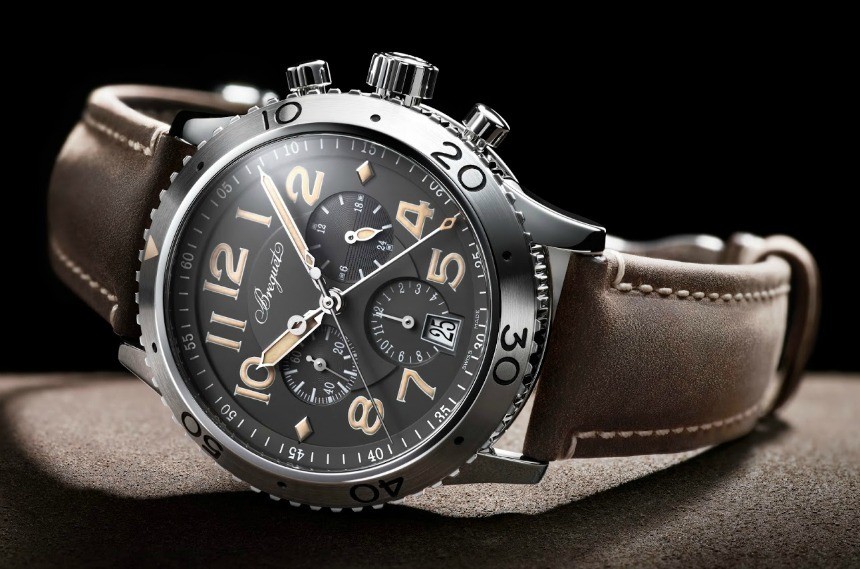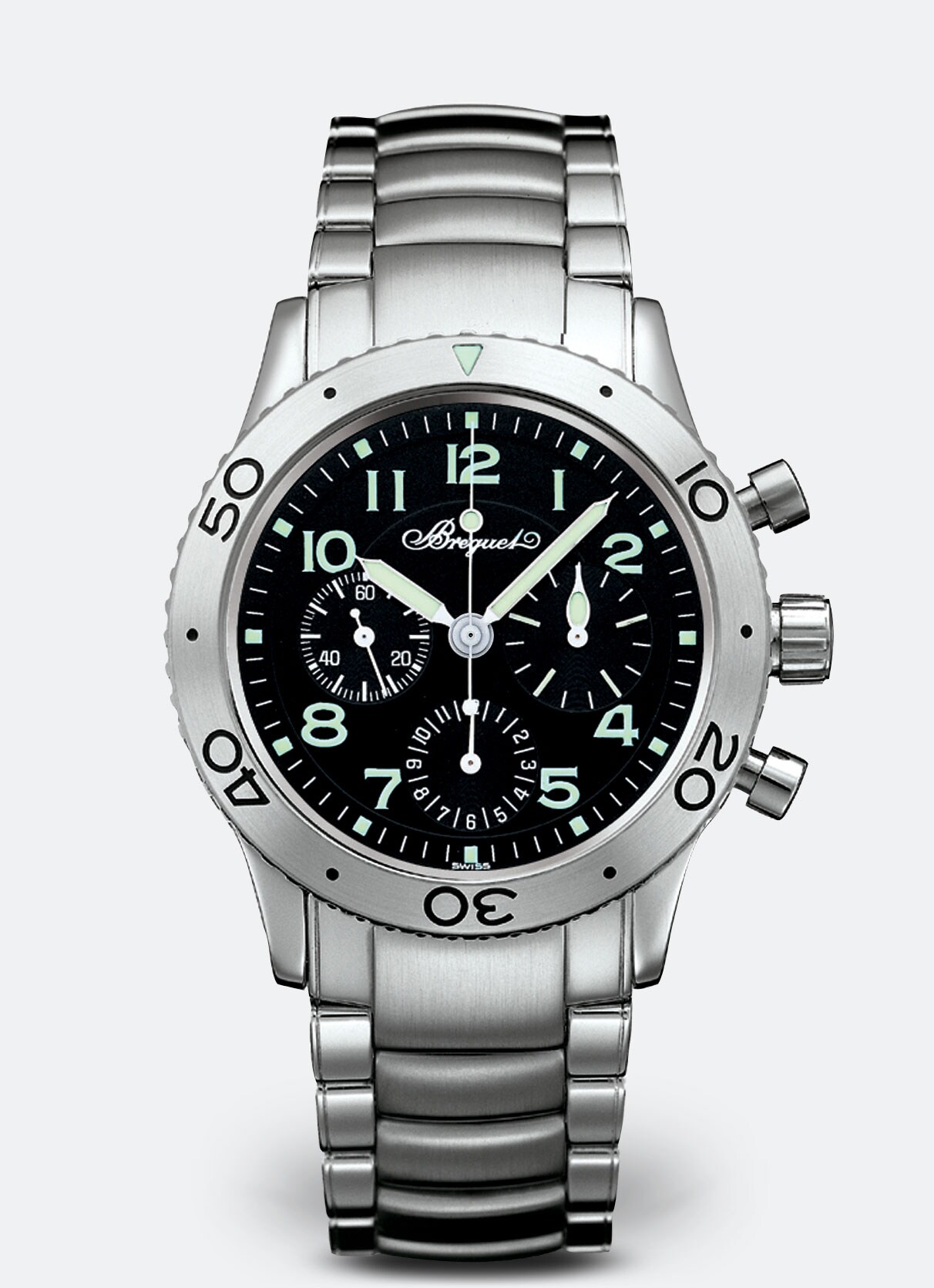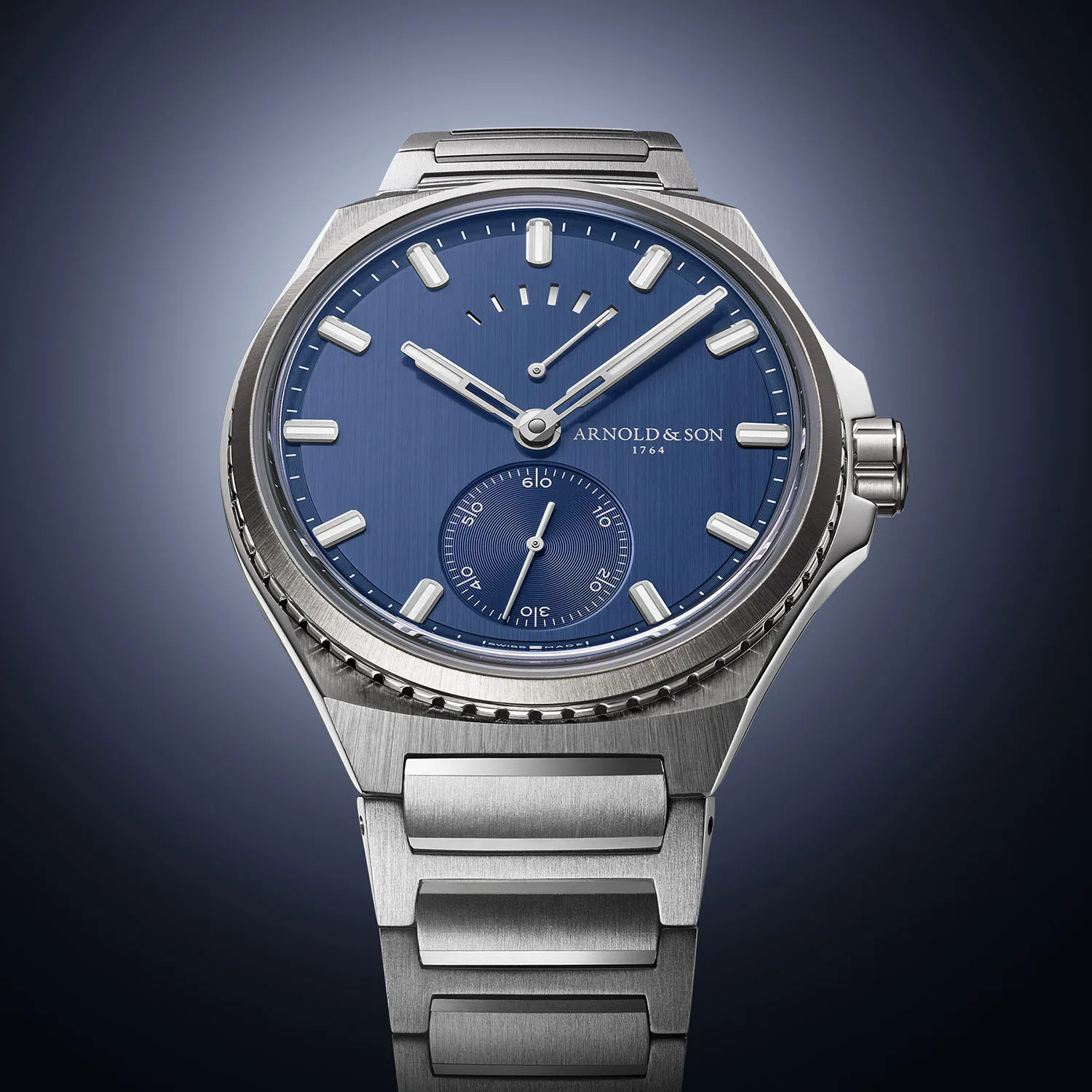By Harlan Chapman-Green
Admittedly I myself have not written one of these articles in a long time, so when it was time to saddle up once again I was glad to be told it would be of one of my favourite watches from my all time favourite manufacture, Montres Breguet. This company, in particular, has such a rich history when it comes to horology, probably the richest and certainly one of the most intriguing. This also is partly due to the fact that it’s one of the oldest companies along with Vacheron Constantin and Blancpain.
It all goes back the fifties and the first thing to know is that although Breguet has made a name for itself with the Type XX watch line of modern times, the mantle of Type XX (also known as Type 20) is actually for a designated specification of watches. There was a similar contract in Germany during WWII, known as Beobachtungs-uhr or B-Uhr watches which essentially means pilot watches. They needed to be of a large size with a very easy to read dial with the lume for night time flying. They were made by A.Lange & Söhne and later others such as IWC when production couldn’t keep up with demand.
The Type 20 and Type 21 (Type 21 being the improvement over Type 20 with accuracy being the main concern) regulations were set up by the French government at a time when the world would often stand still and watch as the heads of the two most powerful nations seemed to outsmart each other in some way. Mention it and some people still get shivers at the time when for over thirty years people around the globe lived on, wondering whether the sky would fill with explosives, we know it today as the Cold War.
Not one to be caught sitting around talking to itself, France drew up plans for its own pilot watches, much in the same way the German government of the previous decade would create a specification for its pilots, the French did as well although there are some stark differences which we will look at in a bit. The Type 20 watches were made by four of France’s top manufactures at the time: Breguet, Dodane, Vixa, Auricoste, Boullier, Airain and Mathey Tissot (not affiliated with Tissot). Only the first four of those companies still exist in some form or other, with Breguet being the one you’d turn to first if you want a Type 20 watch.
First generation Breguet Type 20 watch with an unsigned dial. Note the lack of bezel markings
Credit: Guiseppe Corcione
The government set out a whole string of standards on the watches created by these companies, some of them have been lost to the ages but the main ones are known and are still used by companies like Breguet even today. These watches had to be able to perform time after time, they had to be as ready to work at a moment’s notice as the pilots themselves. Because of this, the Type 20 watches retained a manual winding system (the automatic winder was still in its infancy after all).
Heavily patinated civilian Type 20 watch in the more popular style.
Credit: Giuseppe Corcione
The case of the watch must be around 38mm in diameter and made of stainless steel, a stark difference compared to the massive sizes of the German B-Uhr watches which were often 48mm in diameter or more, with steel being chosen for its hard wearing durability. They also needed to have a 12-hour rotating bezel and an easily legible dial with luminescent markers. Interestingly, Breguet made a few changes to some of its watches in 1958 due to the involvement of Aéronautique Navale (or, Aéronvale for short), the French Naval Air Force, equivalent of the Royal Navy’s Fleet Air Arm. The minutes counter on those chronographs showed 15-minute intervals instead of 30, as it would take 15 minutes to perform a pre-flight checkup, at least that was the plan. Those watches also have a signed dial and a soft iron magnetic shield inside the case.
Inside the watch, the movement was of vital importance as well. It must be accurate all the time. Specifically, it must be accurate to within 8 seconds a day every single day. It must also have a chronograph, specifically a chronograph with flyback function as well. This mechanism allows the chronograph to be reset while it is running, and it will continue to run upon reset. This is very important for pilots at the time, because unlike modern day pilots which can use GPS, iPads and the whole bank of computers in front of them, pilots back in the 50s and 60s had to rely on maps and charts, a compass and their wristwatches. This allows them to calculate distance by timing intervals between known reference points, if you have to press three buttons in sequence: start-stop-reset then you will have sailed on past your marker point and could potentially miscalculate with disastrous consequences.
The first watches used a Valjoux 222 movement inside them, something the was rugged and durable (and also more affordable, with Breguet being based in France at this point and France not having a lot of money after the war it made sense). Don’t forget there wasn’t the whole stigma of using a non in-house movement that there is today. The watches themselves found their final assembly in the workshops of Mathey Tissot which is again pretty commonplace in the world of watches. Even companies such as A.Lange & Söhne use things from other manufactures such as cases, crystals, and whatnot.
Modern day Breguet Type XX
There’s simply too much in the way of history to not make an article that would force you asleep, but I’d seriously recommend visiting your nearest Breguet boutique to find out loads more. You might even be in luck, while most of the watches from its past that Breguet owns are housed in the museum in the flagship boutique at 6 Place Vendôme in Paris, they often travel around the world to the boutiques (including, so I’m told, the recreation of pocket watch No.160 aka the Marie Antoinette watch, but that’s just a rumour right now). When I visited the one on Bond Street in London they had the vintage Type XX with a heavily patinated dial, still in full running order as well. You can also find Breguet aeroplane gauges and other things as they were used in Breguet aircraft quite a lot, yes, that is the same family name.
The more modern watches still meet the same standards, except for the 39mm case and the 0-60 scale bezel rather than 12 hours. The Type XX is now in its third generation and uses a Lemania calibre created specifically for this watch which can only be used in the Type XX watch, given that Lemania is owned by Breguet that’s as close to in-house as you can get.
Type XXI 3187
There’s a serious amount of horological history to uncover regarding Breguet and the Type XX watches which I will look at in as close detail as possible. I’m sure when the time comes we can work together with Breguet to uncover and report some of the lesser known details and I look forward to discovering the past in a new light.
[button color=”black” size=”big” alignment=”center” rel=”follow” openin=”newwindow” url=”https://www.exquisitetimepieces.com/watch-brands/breguet-watches/types-xx-xxi-xxii.html”]BUY YOUR BREGUET HERE[/button]






